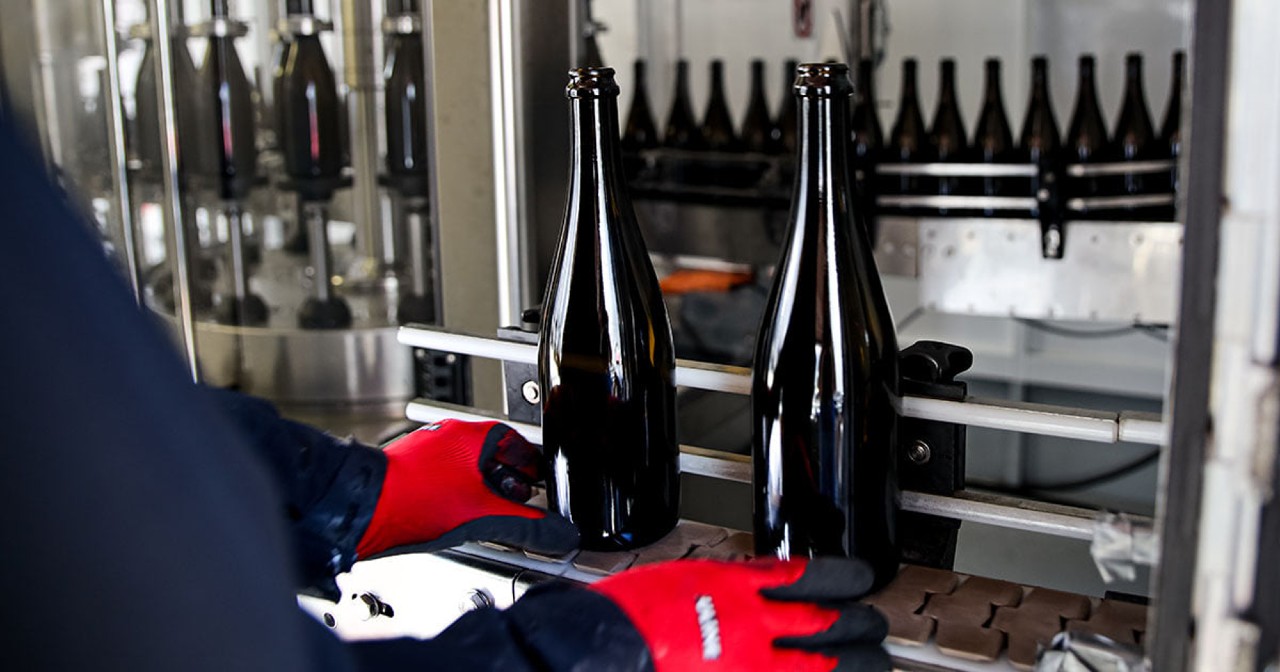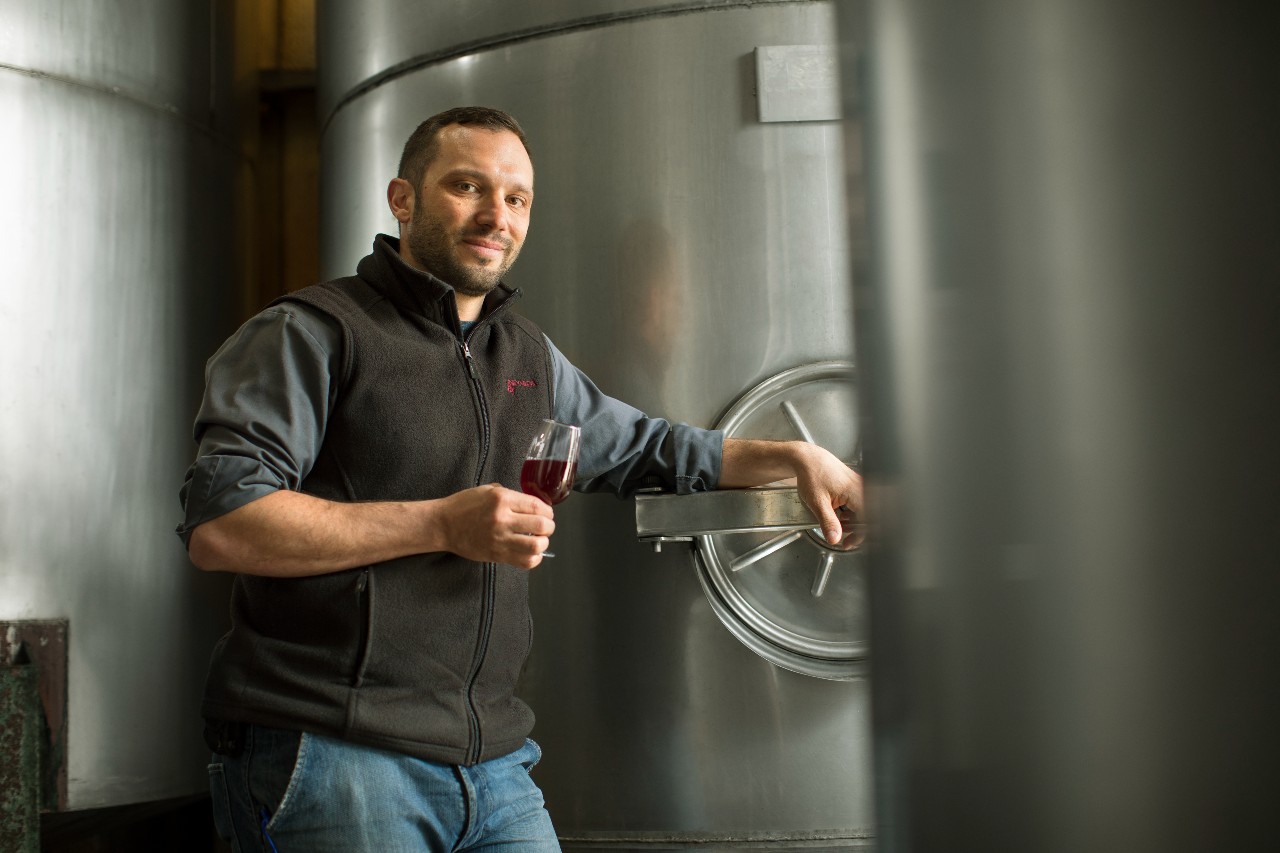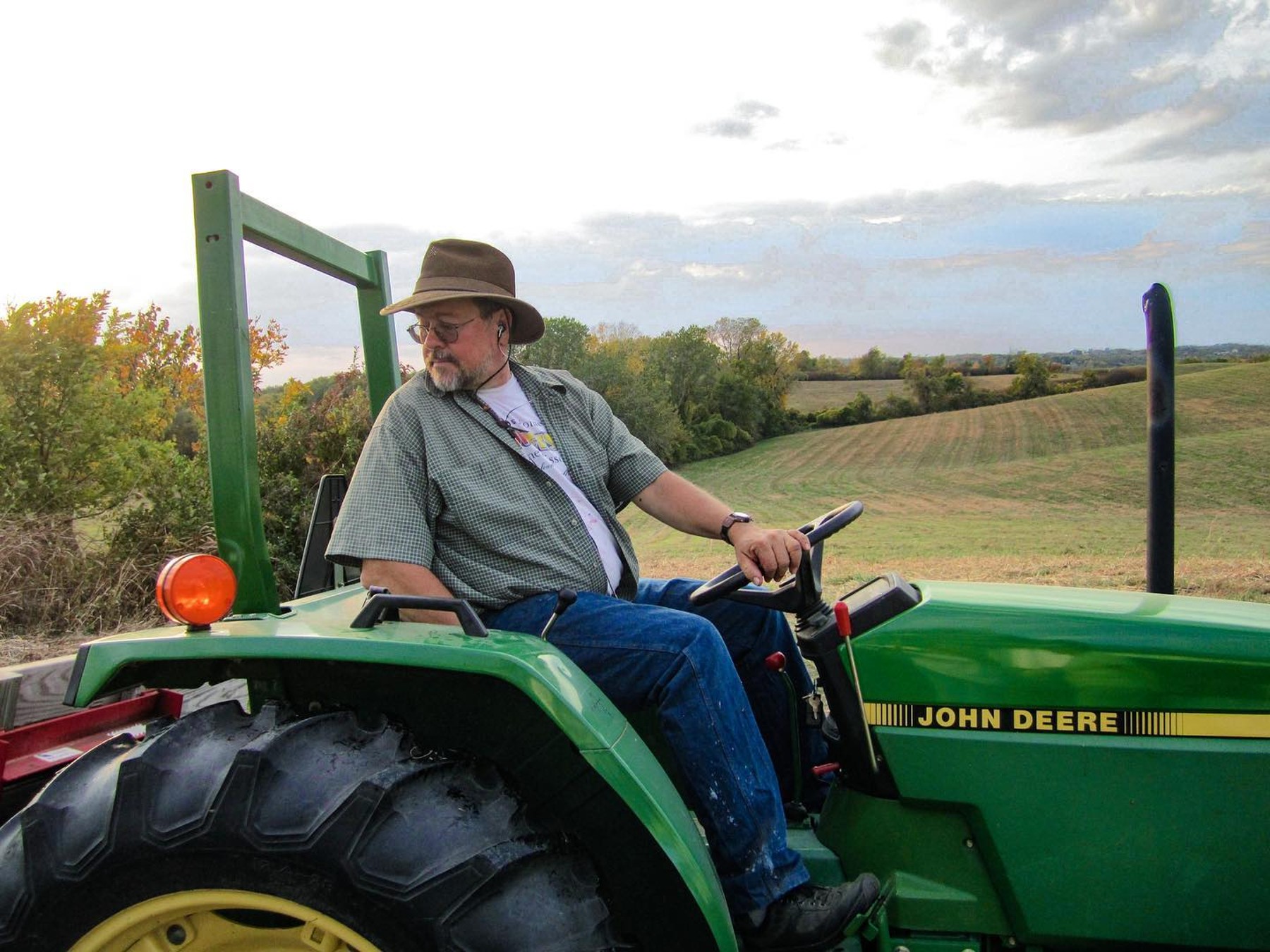It’s hard to ignore weather that’s been trending hotter these days, especially if you’re a farmer.
According to climate.gov, the combined land and ocean global average temperature has risen by .32 degrees Fahrenheit each year since 1981.
As it has for many industries, warming trends have created new things for wine-producing companies to consider.
In Leelanau County, Michigan, Bel Lago Vineyard Manager Tomas Moreno says warmer temperatures have been helpful in some ways for grape growth. As for the challenges, he said they’ve always had to improvise from year to year where weather is concerned.
“You can do the same pruning and canopy management year after year, but if the climate doesn’t work with you, you have to improve (your methods),” Moreno said. “When it’s a dry year, you have to water more and time the fertilizer correctly. You have to time it before a rainy period so that it can soak into the soil.”
Moreno said successful vineyard managers are those who are effective at dealing with what the weather throws at them — especially in cases of wetter weather.
“During a wetter growing season, sometimes you have to open up the clusters by focusing on the canopy so the clusters can dry faster,” Moreno noted.
Kivelstadt Cellars & Winegarten Winemaker Sam Baron said Napa and Sonoma seemed a few weeks behind what he’s seen in previous years, with what he referred to as a “rather mild spring and summer with the exception of about 7-10 days of elevated temperature.”
Over the long term, though, he’s seen global warming make an impact on harvests, which are trending earlier.
“I continue to seek out old vineyards that do not ripen as rapidly as the young ones do, due to vine age,” Baron said.
In Mendocino County, Redwood Valley Vineyards is a California Certified Organic Farm, meaning it can’t use commercial pesticides. That’s an obstacle that owner Martha Barra said looms larger now with warmer weather and shorter, milder winters.
The pressure on farmers is also greater now than it’s ever been from a pest management standpoint, Barra said.
The biggest insect pest the more-than 350 planted acres faces is leafhoppers.
“We used to have really cold temperatures in wintertime, and with climate change that’s really changing,” she explained. “The nymphs that used to be killed during the winter can now overwinter, so we get to the spring and there they are.
“Because we cannot use strong pesticides, we have to use something called Cliganic which is chrysanthemum oil. It’s more difficult when you can’t come in with a heavy hand as non-certified growers can.”








Be the first to comment